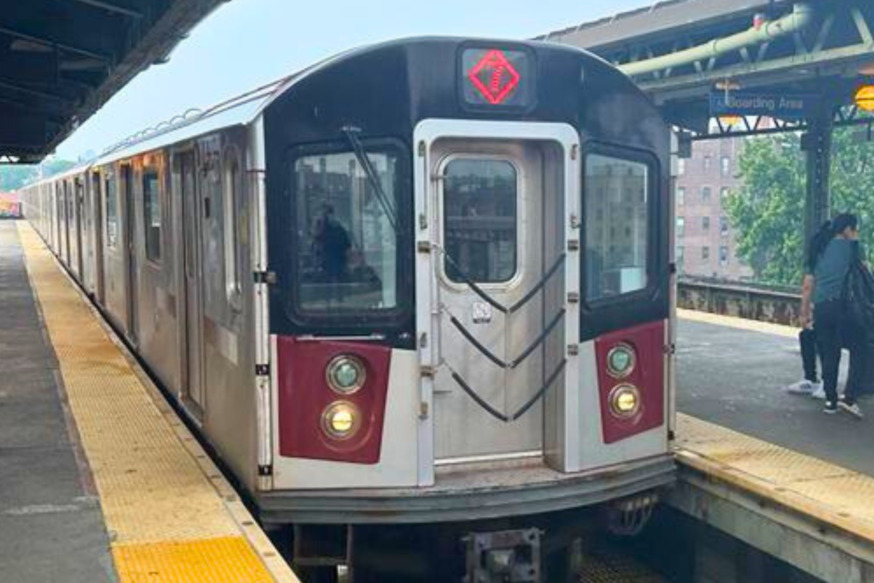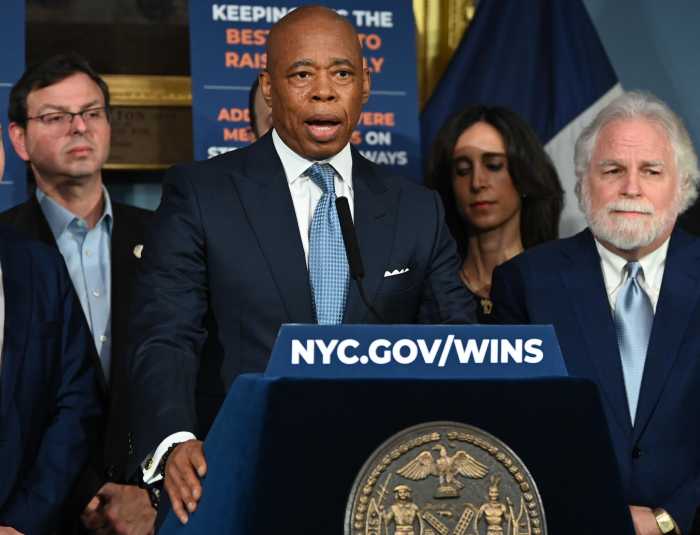As if a growing lack of affordability was not bad enough, organizations are hard at work in western and central Queens to prepare residents for the worst in the face of climate change.
After studying how residents in Jackson Heights, Corona and Elmhurst currently battle weather events, the Regional Plan Association (RPA) and Make the Road NY are anticipating possible displacement through worsening heat waves, flooding and older buildings that will make it more difficult for residents to cope.
Robert Freudenberg from the RPA told QNS that 20 percent of people in these communities do not have air conditioning and already combat mold, flooding and transit-related stress. But the RPA is not sounding the alarm without also providing tips on how residents can stay in place while taking on the coming challenges.
“As heat waves happen, the quote-unquote luxury of air conditioning could become an issue of life or death,” Freudenberg said. “Buildings are going to need more repairs and attention and this brought about the idea that as we make buildings better and prepare them for climate change, could that lead to a new wave of climate gentrification? Could that put the burden on renters because we’re making our buildings better and that’s the conundrum that we came across in this research.”
Freudenberg argues that while the research for the new study, “Equitable Adaptation,” illustrates the emergency that will be felt by lower income brackets, it also puts a human face to the struggle that will be climate change.
The distinction between these communities and the others, Freudenberg said, is a high concentration of older buildings.
“There are a few ways that people are starting to look at [climate gentrification] as a thing,” Freudenberg said. “As we make areas safe from flooding, will that then raise the property values or raise the rents and push people out, make it more desirable for people to live there? That’s one side of it. In this study we saw it from the side of the need to make improvements to buildings because climate change is worsening conditions. Increasing mold, increasing wear and tear on already old buildings.”
As early as 2020, the city can start to expect 26 to 31 days of over 90 degree weather compared to the 18-day average recorded between 1970 and 2000.
“If programs or building managers adapt their buildings to climate change, that could be borne by the rent-payer,” Freudenberg said. “As we consider improvement to things, as we adapt them we have to make sure things aren’t out of reach for the people that live there.”
While central Queens may not be beyond redemption from climate change, many waterfront communities may see displacement from rising sea levels no matter how well residents prepare.
Transit may also be presented with challenges as many New Yorkers have seen since Superstorm Sandy and the subway crisis, and it could impact people economically.
“When a subway line or a bus line is effected by storms or flooding, that’s someone showing up late for work,” Freudenberg said of the RPA’s forays into communities to hear how weather patterns currently hit residents. “It’s not just delayed transit service; it’s someone missing out on an all-important paycheck. I think it brought a personal story into the impact of climate change.”
One way Freudenberg said the city could prepare for climate change better is through green infrastructure such as rain gardens, which help minimize storm sewers draining untreated water into the sea and contributing to pollution. But the real point of green infrastructure is that more vegetation means less heat in communities.
More vegetation mean cleaner waterways and cooler communities.
Another suggestion from the RPA is manage homes better, such as closing blinds during the day in the summer or monitoring mold to mitigate growth before it becomes a problem requiring professional help.
Stress and emergency management for individual households is also recommended.
See the full review here.





































